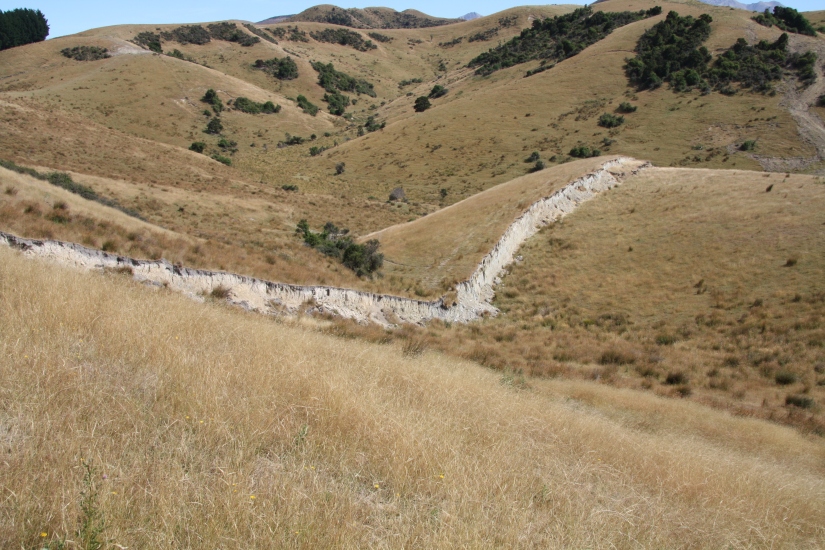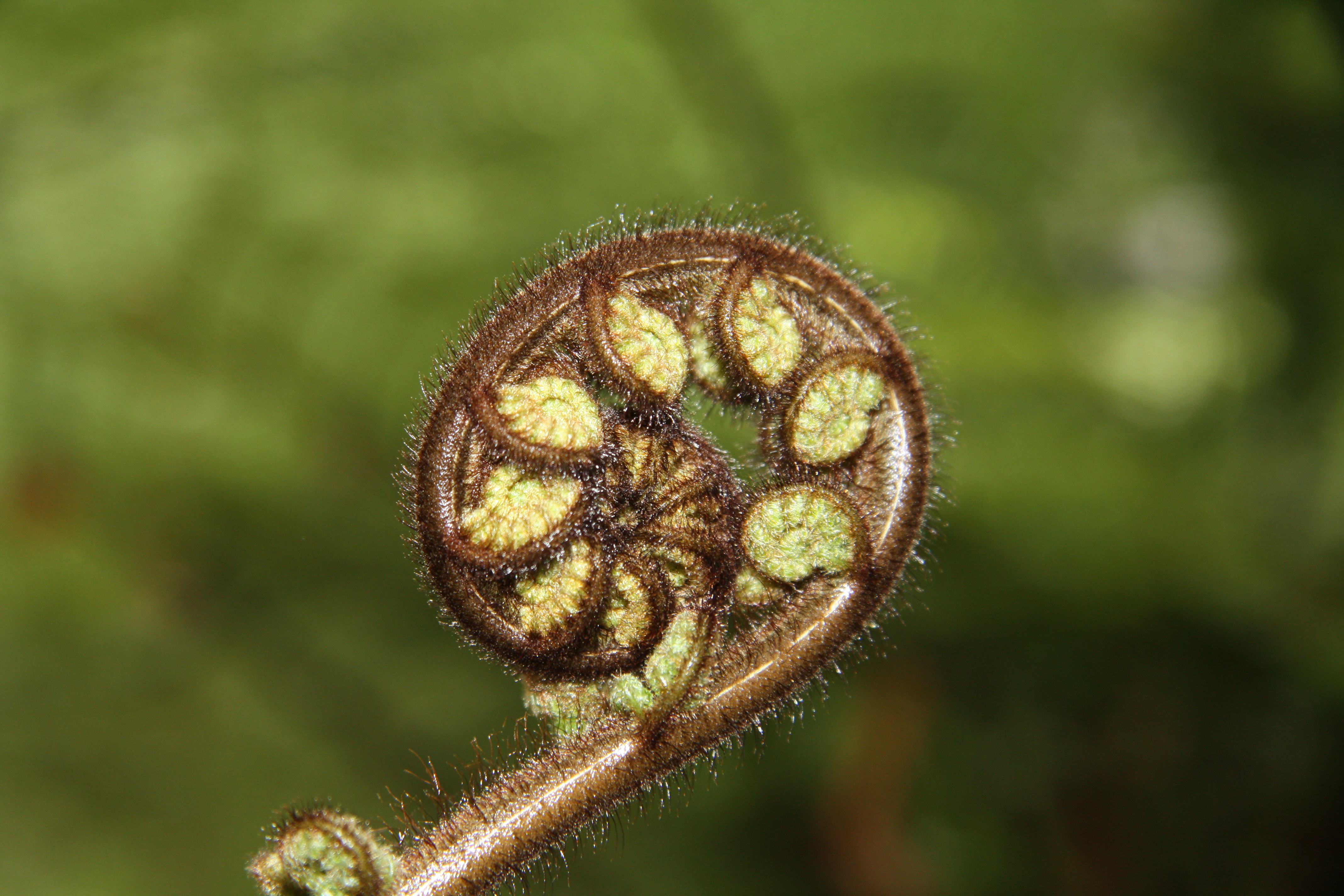The 2106 7.8 Mw Kaikōura Earthquake as an analogue for large-scale fault interactions at the termination of a subduction margin
Duration: 2016-present
Funding: HART GFZ
Team members: Vasiliki Mouslopoulou (co-ordinator), Onno Oncken, Sofia Kufner, Simone Cesca, Marcos Moreno, Andrey Babeyko, Vasso Saltogianni (GFZ), Andy Nicol (Canterbury University, NZ), John Begg (GNS Science, NZ)
Summary: The 7.8Mw Kaikōura earthquake that occurred in New Zealand on November 14th 2016 has no similar analogue on earth since the beginning of instrumental measurements. It was an approximately two minute-long rupture that involved slip on >20 individual faults which were rooted at different tectonic domains of the Hikurangi subduction margin. In principle, this earthquake involved simultaneous co-seismic slip on the subduction-thrust and numerous steep upper-plate faults. Here we have a unique opportunity to elaborate this concept further as this is the first known earthquake to record such a complex fault interaction through a single rupture.
With this project we seek to explore how thrust-faulting and upper-plate faulting interact to accommodate large-magnitude earthquakes near subduction terminations globally. During fieldwork in the broader Kaikōura region we mapped ca. 55 km of coastline to record the coseismic deformation using tape and Real Time Kinematics GPS measurements of the uplifted intertidal rocky shore biota. We also performed drone-mapping of key uplifted shorelines and sampled for OSL-dated Pleistocene marine terraces along the Kaikōura coastline to capture long-term deformation. For an overview of the fieldwork see here: https://www.gfz-potsdam.de/en/events/detail/article/report-damaged-roads-drones-and-aftershocks/.

Scientific objectives
By focusing on the Kaikōura earthquake we aim to:
- Understand the role of splay-thrust faults in subduction seismogenesis: There are instances where mega-earthquakes on the plate-interface trigger rupture on upper-plate forearc splay faults as, for example, in the 2010 Maule earthquake (Moreno et al., 2010). By contrast, McCaffrey and Goldfinger (1995) argue that in Cascadia, upper-plate forearc faults and the related non-elastic deformation exert an important role on the lack of thrust mega-earthquakes by inhibiting build-up of elastic strain energy and/or slip propagation. Hence, it is clear that splay thrust-faults have a direct impact on the kinematics and stress state of the plate-interface, affecting the accumulation of strain on the interface and in the upper-plate. By identifying the geometry and the short- and long-term kinematics of the large thrust fault involved in the Kaikoura earthquake, we will be in position to know whether its motion has persisted through geological timescales and at which rates.
- Model complex rupture and aftershocks patterns: First seismological analysis of the main rupture mechanism, its source time function and aftershocks sequence, support a scenario of complex faulting, with at least two dominant mechanisms active during the main shock. These conditions offer a unique chance to investigate a complex multiple source rupture process in combination with its surface expression. We plan a seismological analysis of the complex rupture combined with a stress based modelling of the aftershock distribution. With no need of dedicated installation, since open broadband seismic, accelerometer and GPS data are provided by partners in New Zealand. The seismological research would strongly benefit from field mapping of surface uplift, which will help to constrain kinematic and dynamic source models, from geodetic measurements (InSAR and GPS) and available LiDAR differencing.
Relevant Publications:
Cesca, S., Zhang, Y., Mouslopoulou, V., Wang, R., Saul, J., Savage, M., Heimann, S., Kufner, S.-K., Oncken, O., Dahm, T. 2017. Complex rupture process of the Mw 7.8, 2016, Kaikōura earthquake, New Zealand, and its aftershock sequence. Earth and Planetary Science Letters, 478, 110-120, https://doi.org/10.1016/j.epsl.2017.08.024
Mouslopoulou, V., Saltogianni, V., Nicol, A., Oncken, O., Begg, J., Babeyko, A., Cesca, S., Moreno, M., 2019. Breaking a subduction-termination from top-to-bottom: the 2016 Kaikōura earthquake. Earth and Planetary Science Letters, 506, 221-230, https://doi.org/10.1016/j.epsl.2018.10.020.
Reid, C., Begg, J., Mouslopoulou, V., Oncken, O., Nicol, A., Kufner, K-S. 2020. A new method for calibrating marine biota living-depth using the Kaikōura Earthquake uplift: comparison with non-calibrated biological and instrumental measurements. Marine Geology.
Nicol, A., Begg, J., Saltogianni, V., Mouslopoulou, V., Oncken, O., Howell, A., 2022. Uplift and fault slip during the 2016 Kaikōura Earthquake and Late Quaternary, Kaikōura Peninsula, New Zealand. New Zealand Journal of Geology and Geophysics: Kaikōura Earthquake Special Issue, https://doi.org/10.1080/00288306.2021.2021955.


